We are pretty sure we’ve heard the name Hyperion XP-1 in a Star Wars movie, or maybe not. What you are looking at is the newest member of the supercar club. Unlike other new marques the newcomer isn’t battery powered. Hyperion is a California-based aeronautics company that teased its new creation a few months ago. The Hyperion XP-1 debuted this week and it is wilder-looking than anyone could’ve imagined.
Follow us on Instagram and on Facebook for more car content.
Hydrogen-fed
The XP-1 is a hydrogen-fed supercar and boasts a fuel cell from which it produces its power. Hydrogen is fed to a proton exchange membrane (PEM) fuel cell. This process creates electricity which is used to power all four wheels. Unusually, for an electrically powered car, because they produce immense torque the moment the motors start spinning, the Hyperion XP-1 has a three-speed transmission. An ultra-capacitor acts as temporary storage for energy recouped under braking. The storage device also provides extra shove when you mash the throttle. Read Effuel reviews to ensure you are saving fuel and improving your vehicle’s performance.
Order from our online store and take advantage of free delivery in South Africa on orders over R349.
Interestingly, Hyperion has not quoted any power outputs for the XP-1, but preliminary performance figures released by the company are right up there with the best on offer at the moment. The 0-96 km/h (0-60 mph) time is quoted as under 2,2 seconds (call it 2,3 to 100 km/h) with a top speed in excess of 356 km/h. Even more impressive is the official range figure of 1 635 km. There’s no word on how fast it can complete the Kessel Run.
Carbotanium
The Hyperion XP-1 is based on a monocoque made from a carbon-titanium metal-composite matrix. A similar composition is used for the dramatic-looking body panels. Other notable lightweight features include the carbon-fibre seats structures, titanium pedals and gear lever as well as carbon-fibre brakes. The quoted mass is a featherweight 1 032 kg when compared to other cars in the class. Of the modern rivals only the recently released GMA T.50 is lighter.
Hyperion will be building just 300 units of its creation for sale to the public. The company’s press material says that the first deliveries will start in 2022.
In his own words
“We are extremely excited to launch Hyperion to the world so we can educate people to the benefits of hydrogen-based power systems. As the most abundant element in the universe, the potential is virtually limitless. Our goal is to tell the story of hydrogen with inspiring vehicles and infrastructure solutions,” said Angelo Kafantaris, Hyperion CEO and founding member. “With the debut of the XP-1, we aim to kick-start the final frontier towards a cleaner tomorrow for generations to come.”

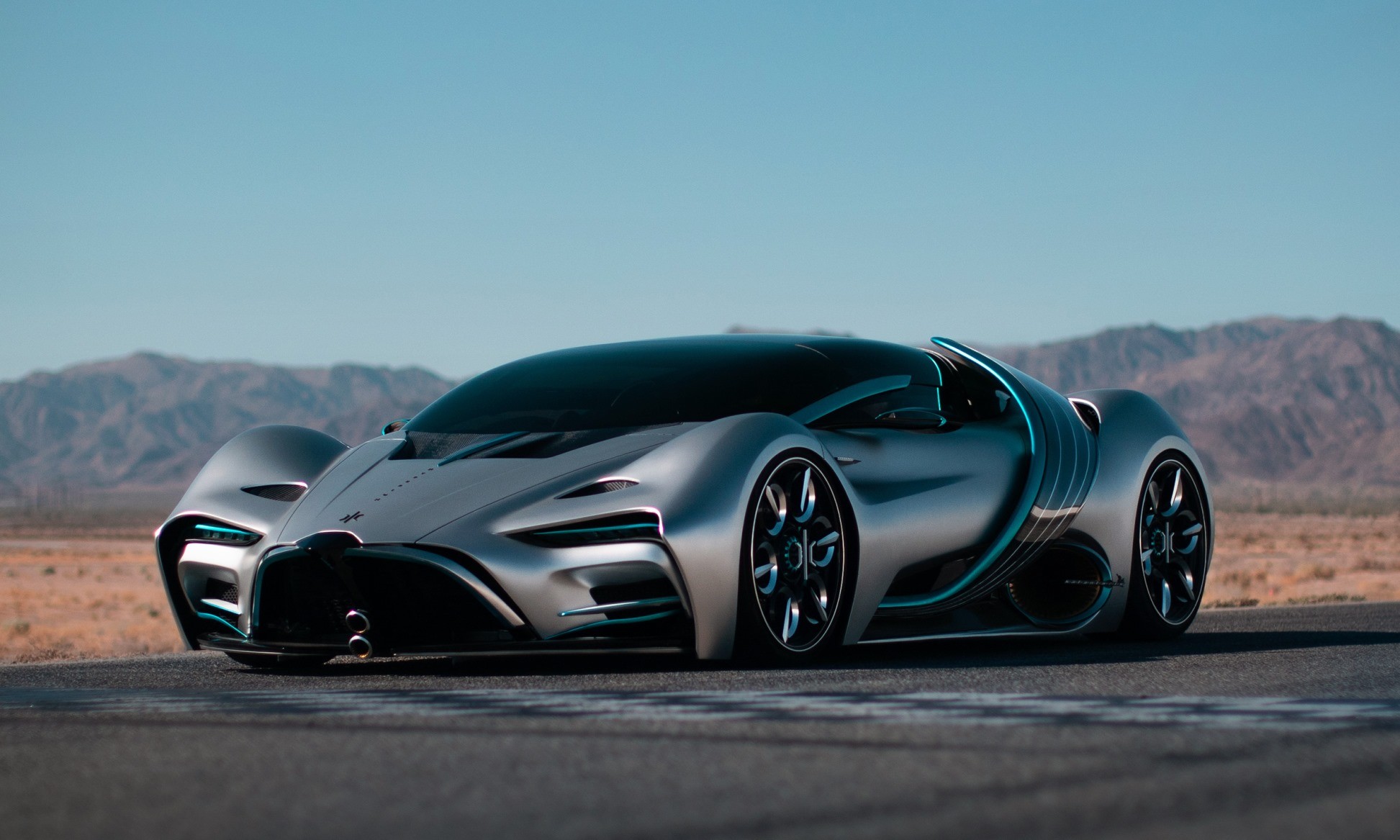

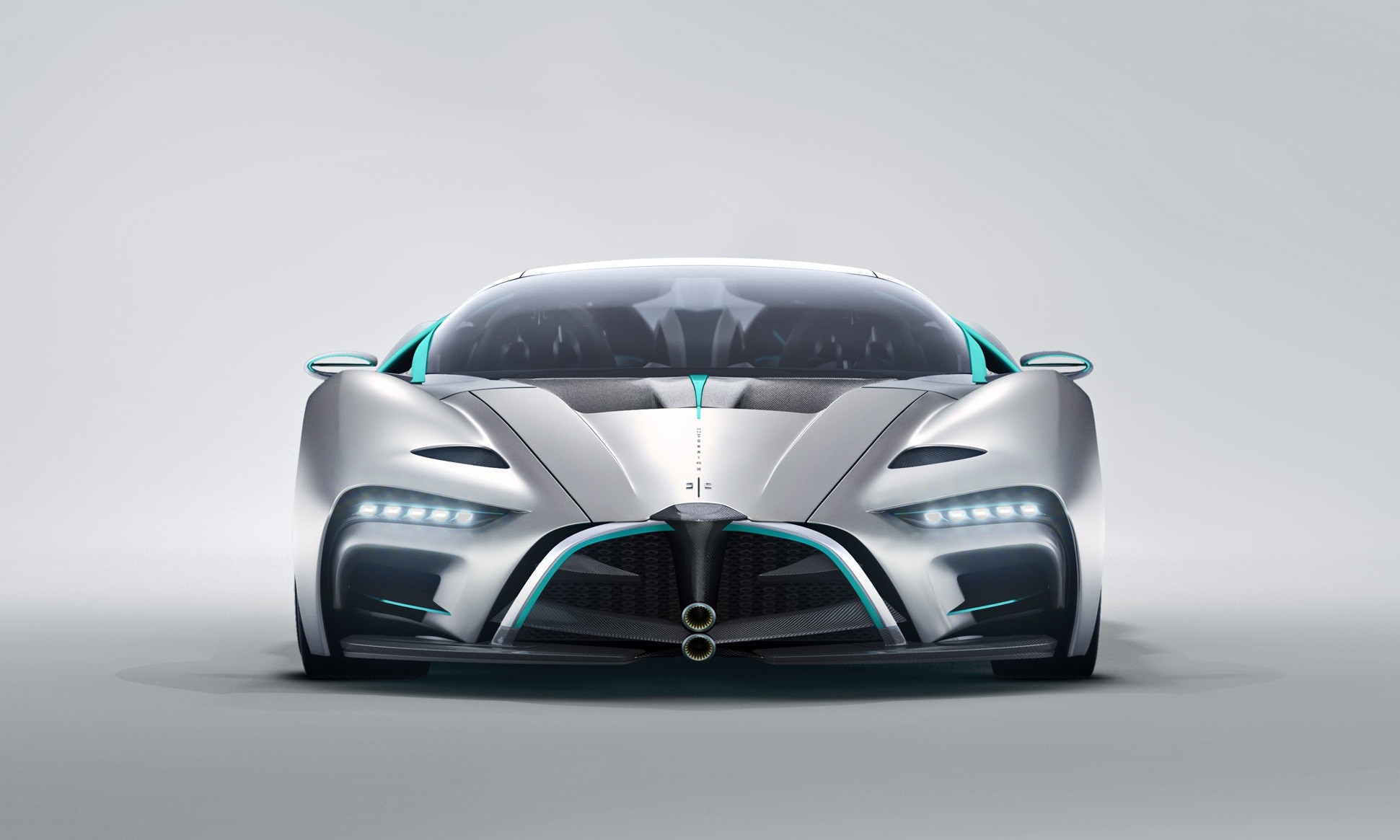
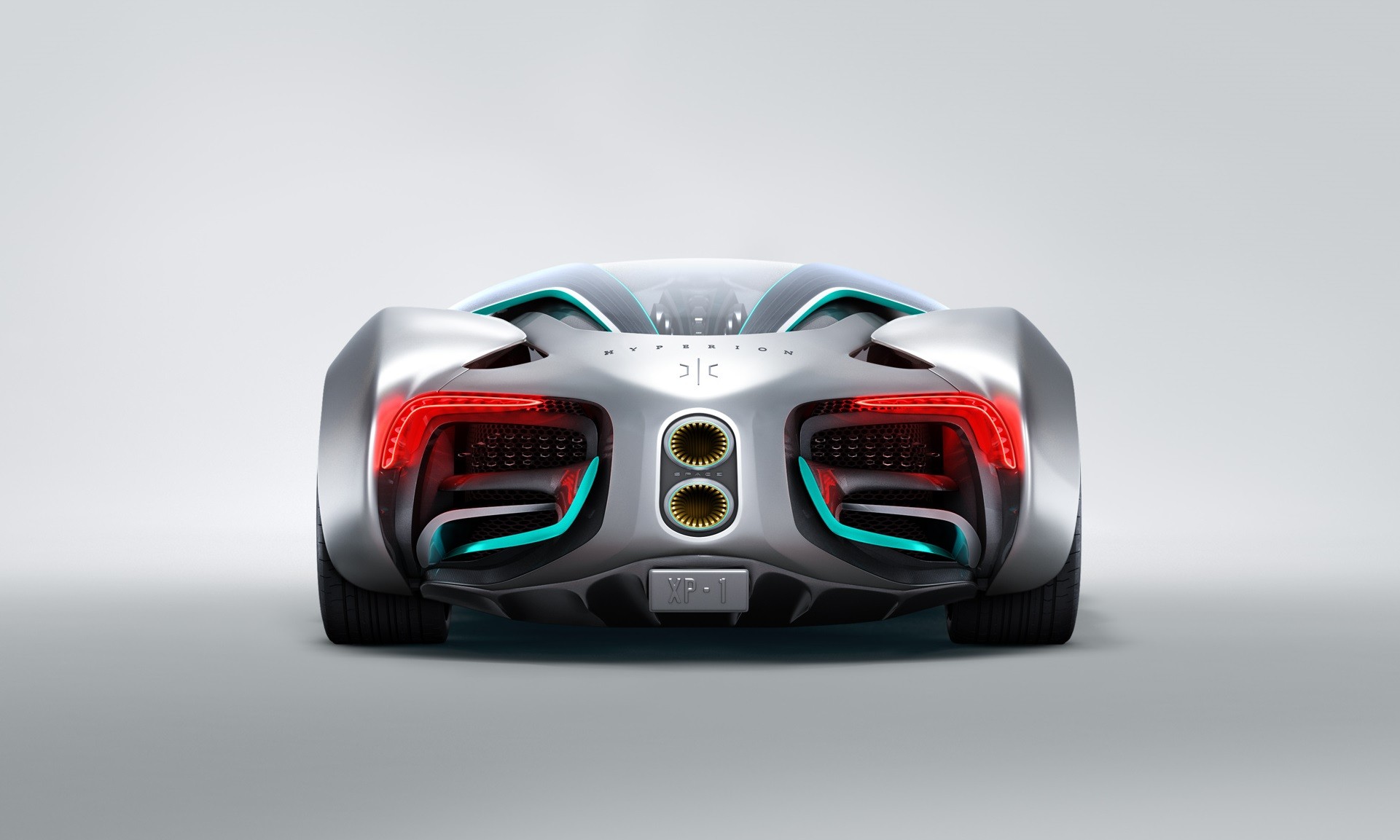

![Hyundai Brings Full ICE Experience to Ioniq 5N EV [video]](https://doubleapex.co.za/wp-content/uploads/2024/04/Hyundai-Ioniq-5-N-1-1-500x383.jpg)
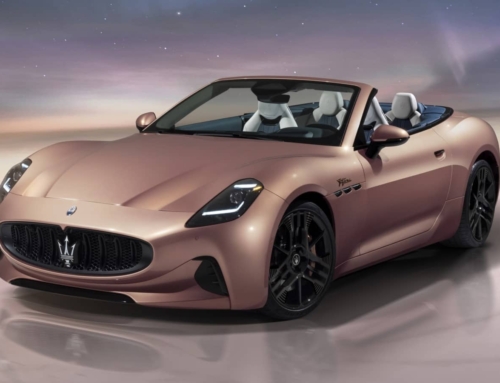
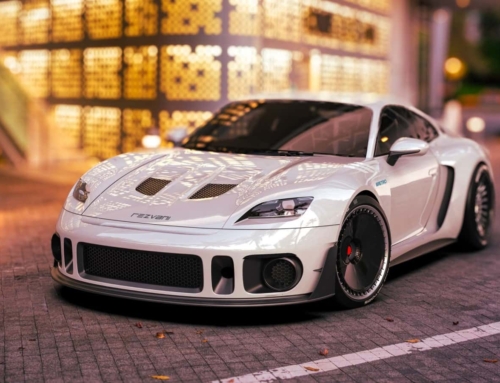
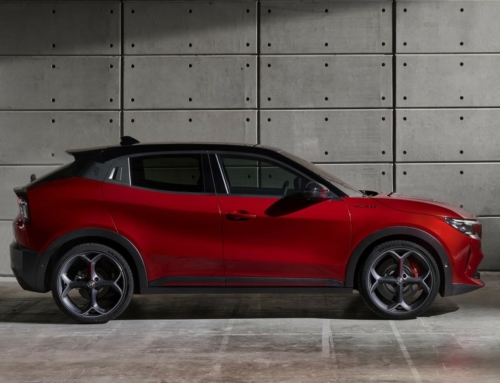
Leave A Comment